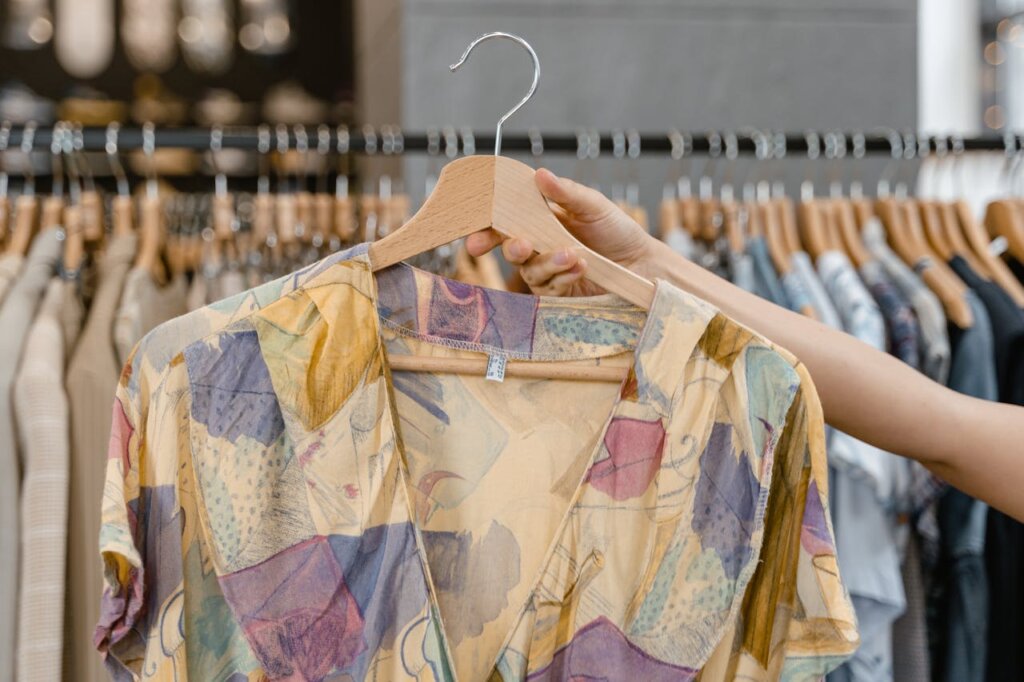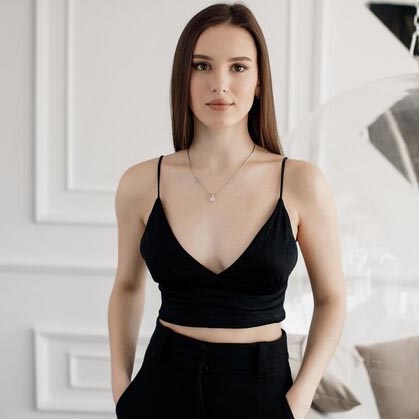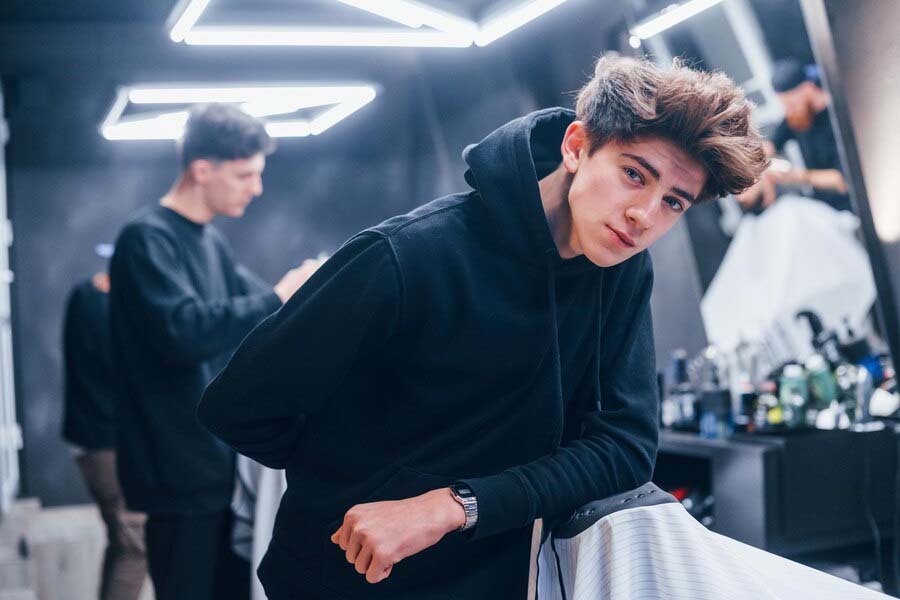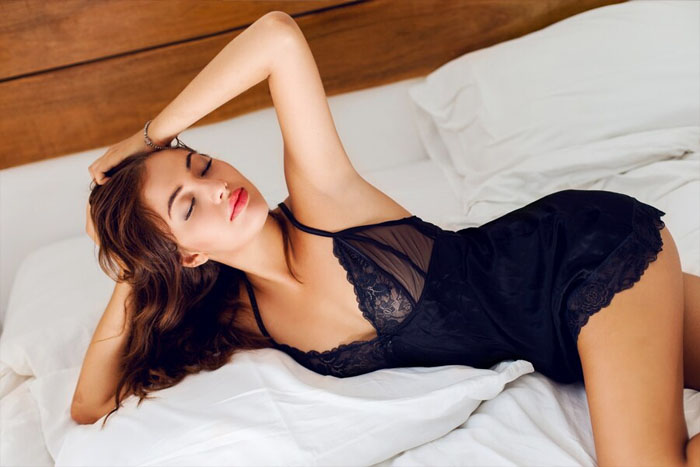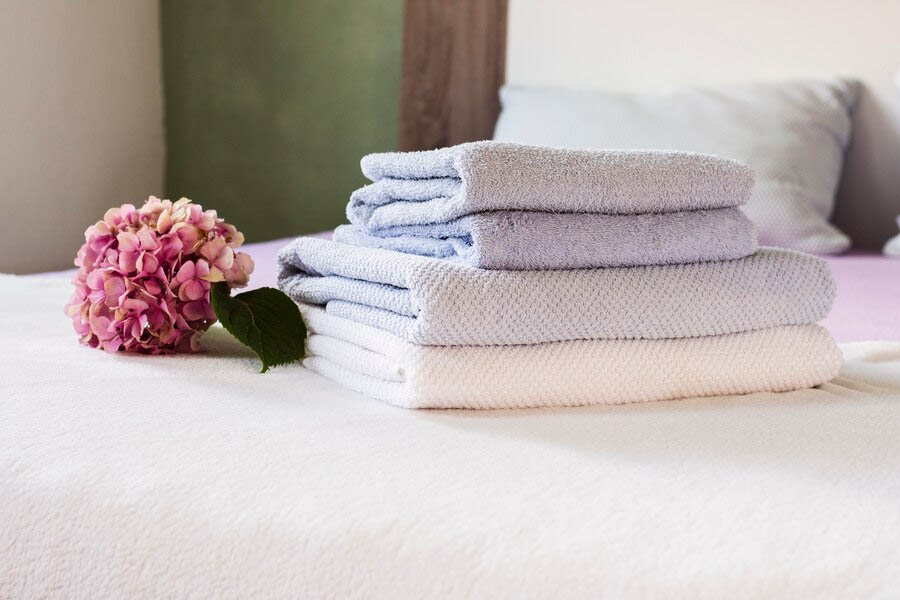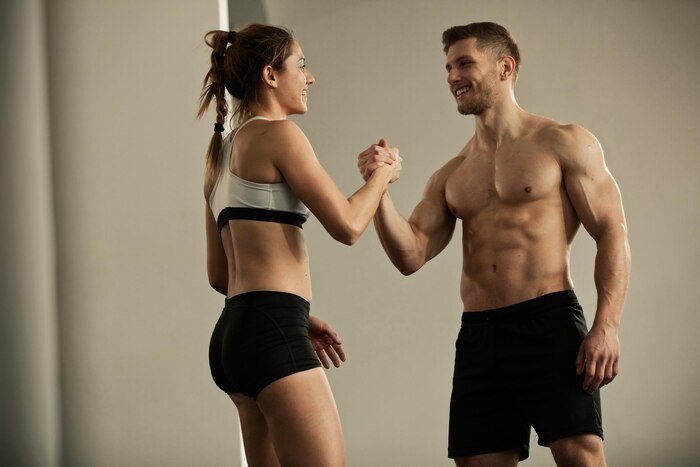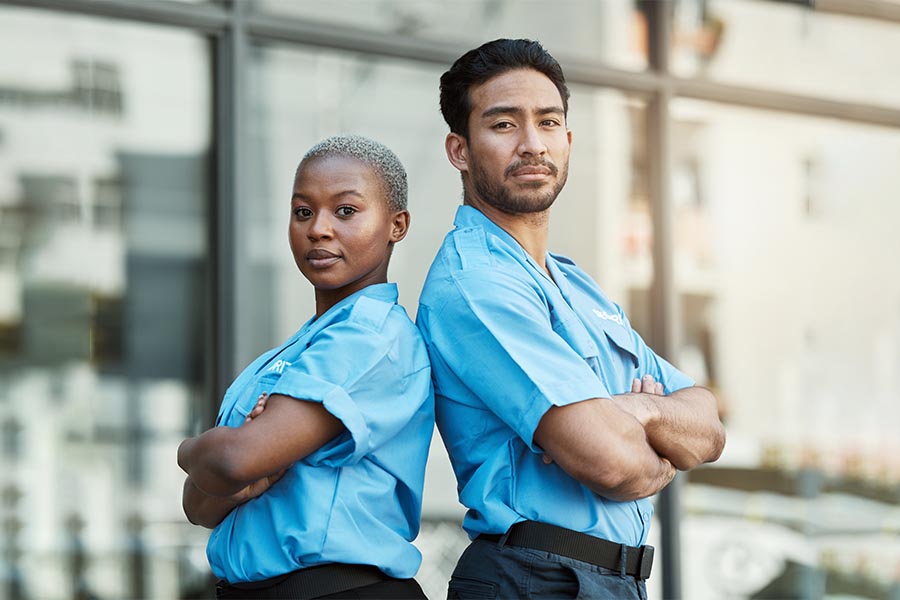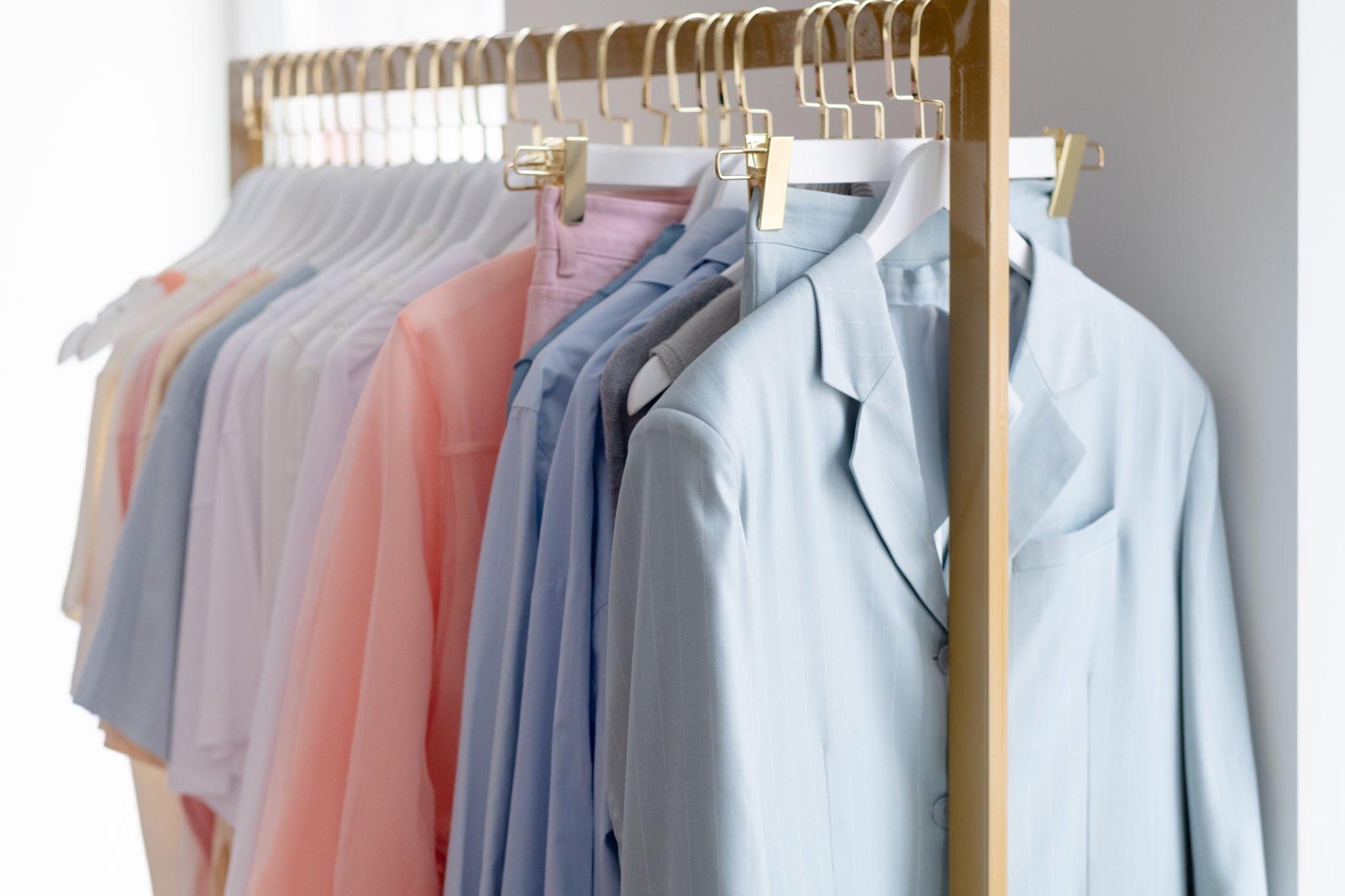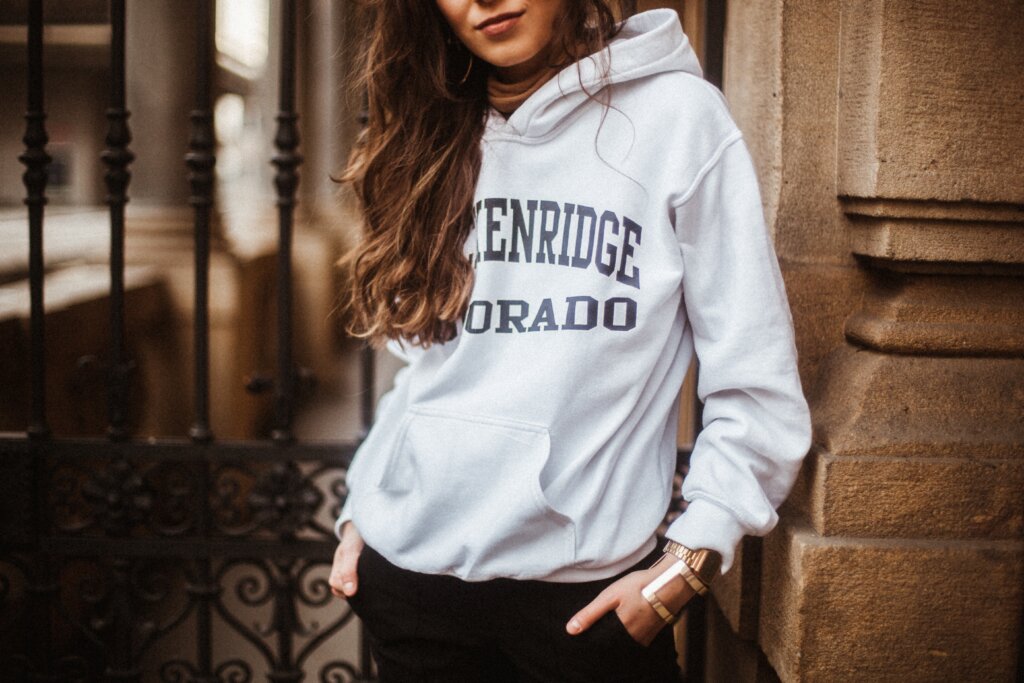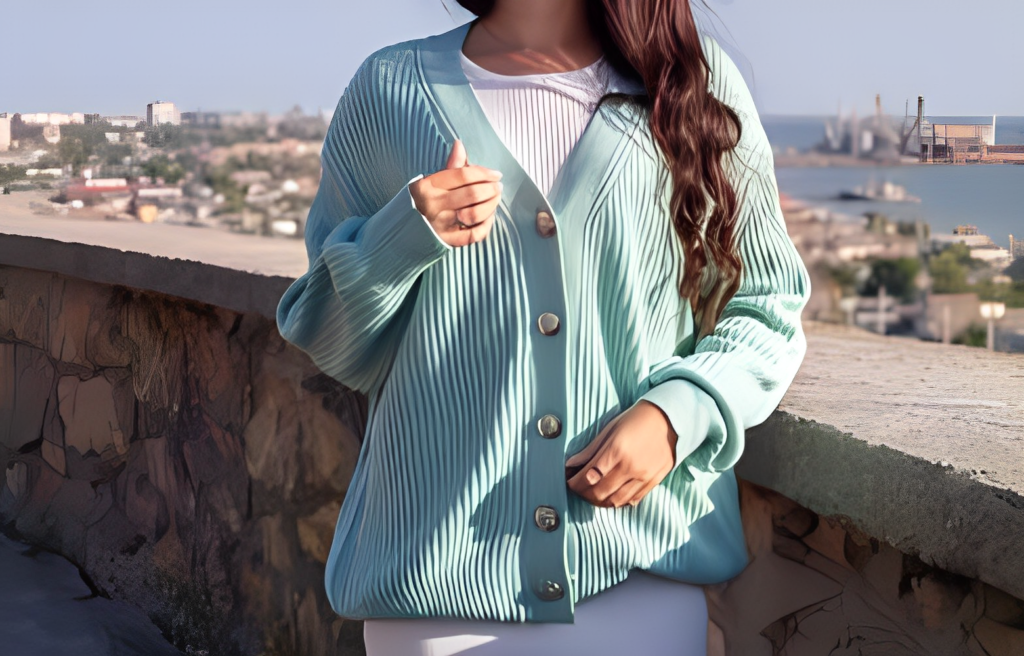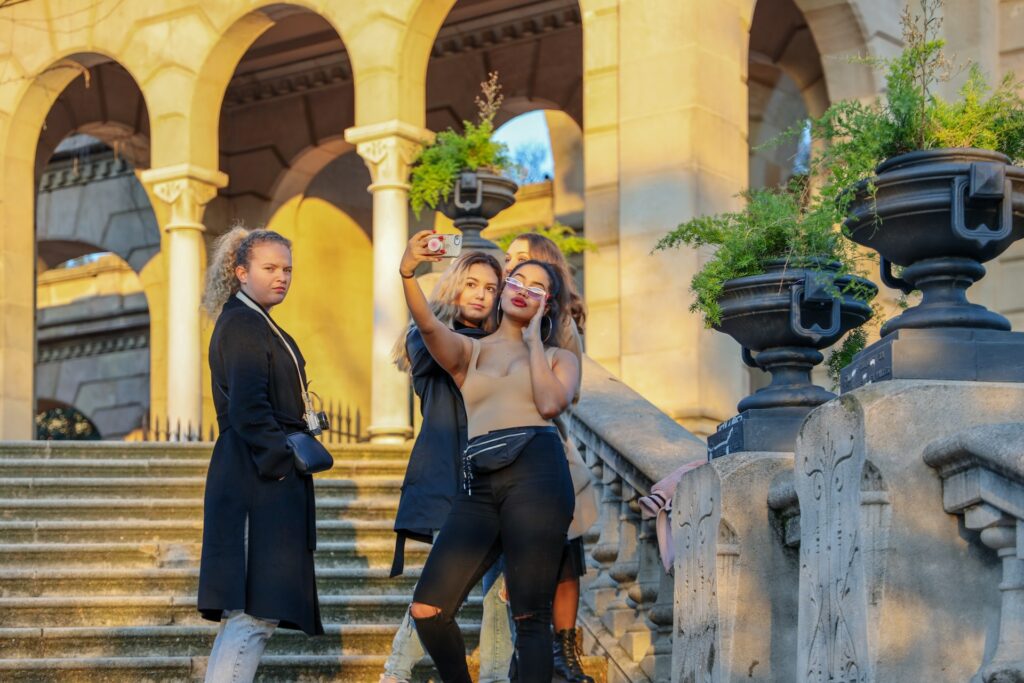Although the fashion industry is constantly changing, it will always give aspiring designers and retailers the possibility to share their originality and sense of style with the general public. A significant change occurred during the past ten years as many customers switched from making in-person purchases to making online purchases, including at smaller e-commerce stores.
However, branding your clothing line online is a constantly changing task. On the one hand, disseminating your information is simpler than ever. The chance for your brand to engage with your target audience, however, becomes more challenging as more and more fashion brands compete for consumers’ attention.
Use the marketing clothing brand suggestions presented in this article to tap into this market’s ongoing expansion. Here are some:
Boosting Your Website
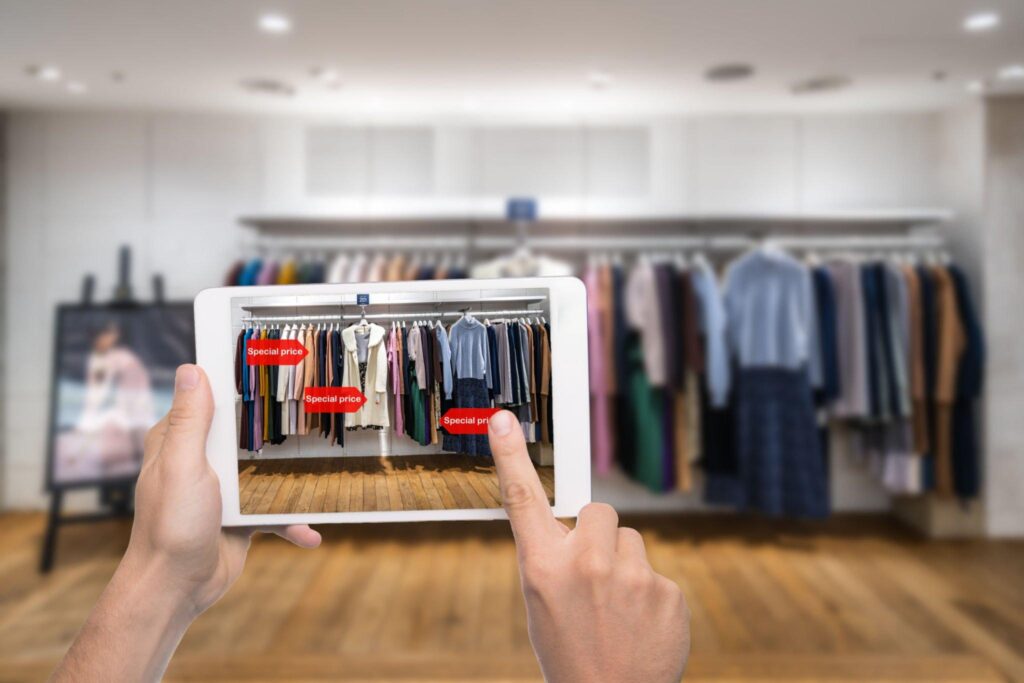
Your website will appear higher in search engine results pages when you optimize it, attracting customers looking for comparable goods. To make yourself more discoverable to Google and other search engines, you can use search engine optimization (SEO).
Product descriptions are ideal for including keywords in e-commerce enterprises. Simple explanations are best if you’re selling shoes. Include phrases like “black suede boots” that can assist clients to locate your stock without them having to seek your name.
The Use Of Content
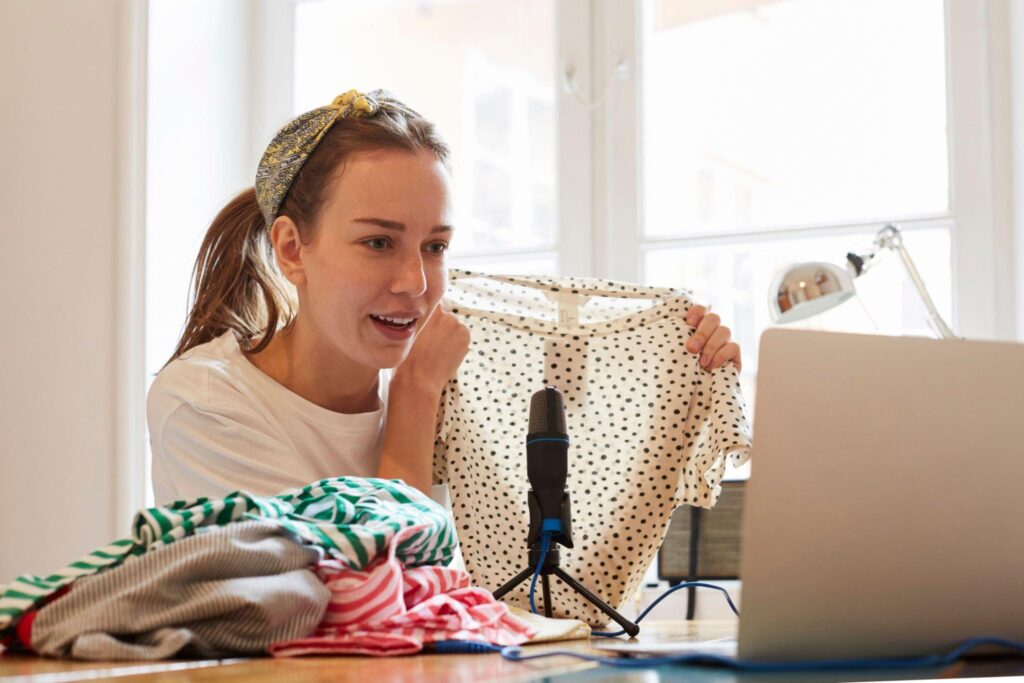
Ideas for marketing a clothing brand include fashion blogging, coming up with original promotions for new products, producing content for social media, and more. By consistently publishing material, you’ll perform better in search results and become more visible online.
To manage your postings, develop a content marketing strategy. Utilize a marketing calendar to keep track of your posts on various social media sites, such as Instagram, Pinterest, Facebook, Twitter, and others.
Regular posting encourages more users to interact with your business. To generate interest and excitement for your company, you can promote clothing brands with engaging content through email marketing and social media.
Optimizing Local Searches

Optimize your online presence for local search if you operate both an online store and a physical location (or plan to open one). Particularly with the emergence of virtual assistants and mobile search capabilities, local search is becoming increasingly prevalent. You want to appear in the results when customers use their phones to find nearby companies.
Make a Google Business Profile as your first step in local search optimization for your company. You can use this tool to change your address, phone number, and business hours. Additionally, you can use this application to handle client reviews of your company.
Create A Business Blog
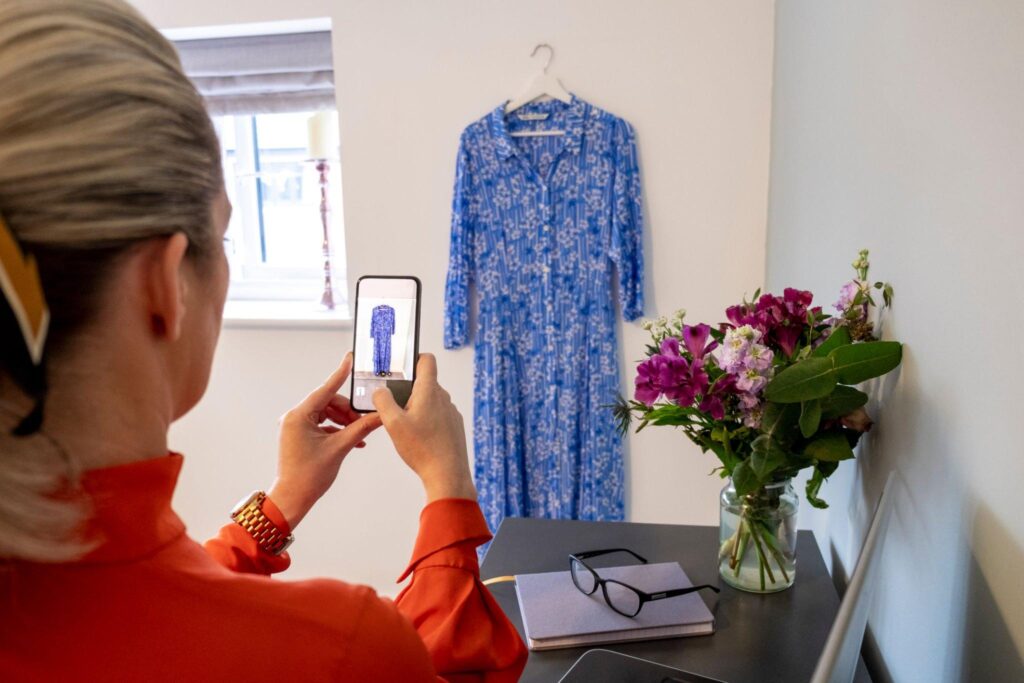
Business blogs can help you establish trust and authority for your business. They are unquestionably a great investment for your company, even though they could take longer than other marketing strategies to show returns.
You give search engines additional reasons to list you on results pages when you share your expertise by producing optimized blogs that are particular to your sector. Reaching a wider audience also assists you in developing domain authority and generating traffic for your website. Simply, more people will find you and have a higher chance of becoming customers if your search engine rankings are higher.
Email Promotion

Utilize your email list once you’ve created one to market your clothing line. Email marketing and other clothing brand marketing strategies frequently work well for fashion brands. With the help of this technological instrument, you may distribute discounts, honor devoted clients, and provide subscribers with advance notice of sales, among other things.
You don’t have to write fancy emails to prospective and current clients. The phrase “ends tonight” in the email’s subject line generates a sense of urgency. A button that directs users back to the company’s website’s sale section is also included in the call to action.
Retargeting Ads
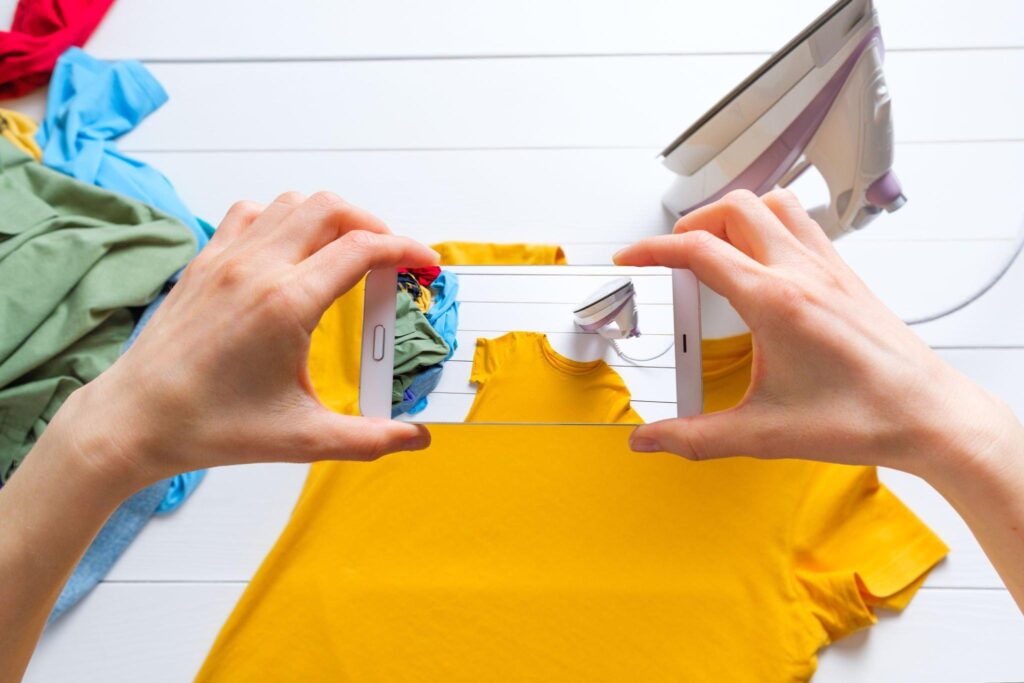
Users may visit your website occasionally, browse around, and then click away. Some go so far as to add items to their carts before leaving them empty. You can create advertising for these persons on Facebook. You can make a static advertisement with content that appeals to visitors who have left your website or abandoned their shopping carts.
Put a pixel on your website to set this up. A pixel is a piece of code that Facebook employs to identify potential clients for retargeting based on their interactions with your website. You may program emails to automatically send after a visitor leaves your site and within a predetermined time frame.
Retargeting enables you to sell to people who have already shown an interest in your brand, so use these advertisements to attract visitors who browsed but did not make a purchase. Additionally, marketing for clothing brands to consumers who are unfamiliar with your brand is typically less successful.
Use Analytical Tools To Benefit Your Online Presence
If you don’t know whether your marketing approach is creating attention and sales, how can you advertise your clothesline? You can determine it with the use of analytics. You can use analytics to identify what parts of your online messaging are effective and which ones are not.
There are stats embedded into every major social media platform. The only thing you typically need is a business account or page. These are known by somewhat various names across social networks.
Both having them and understanding their significance for your brand are crucial. For instance, your engagement may be poor even if your impressions are high. That can suggest that although individuals are viewing your content, they are not eager to engage with them. Consider finding out how to market a clothing brand’s content in a more actionable.
Using analytics, you may learn a lot about your audience. For instance, you can learn comprehensive information about who is viewing your page, such as age or geography, using Facebook’s audience insights. alternatively, which other kinds of pages your readership is accessing? With the use of this information, you can begin to tailor your message to the audience you want to reach or change it to better appeal to a slightly different demographic.

You have a comparable set of tools on Instagram. To attempt and figure out what has worked, use features like the ability to view your top-performing posts. The same hashtag may be used on how to make your clothing line popular posts, or they may all feature images of pants. Or, perhaps they’re all from your most recent giveaway promotion. Decide what works, then stick with it.
TikTok includes tools for evaluating the best-performing postings as well. These little movies provide the platform with a significant amount of data. Each video, for instance, measures the average watch time, which will reveal how long viewers watch your video or whether they return to it repeatedly. It will also let you know exactly when viewers moved on to the next video so you can determine what in the previous clip prompted the skip. For instance, perhaps the first four seconds of your video weren’t enough to capture viewers’ interest.
You can keep tabs on the traffic sources for your video. You’ll know the algorithm is paying attention to you if you notice that the traffic is coming from the For You page.
These are all excellent techniques to assess the success of your marketing strategies and determine what you can do to improve on the internet for your clothing brand promotion.
How Do You Market A Clothing Brand On Social Media?

Social media involves more than just uploading material and hoping that it connects with your target audience. It is not as effective to post content only for the sake of posting.
To achieve the objectives you’ve set for your fashion brand, you need to have a strategy in place—a course of action that helps you focus on the content you share on social media. If you have a plan to sway them, gaining followers, engagement, and sales are simpler.
You may make yours by following these 10 steps.
Pick The Proper Platforms
Potential clients can be found on every social media channel. But some are better for sales than others. Facebook and Instagram are a couple of the finest locations, according to Statista, to find out about, find, or buy fashion clothing.
Since Instagram is owned by Facebook (now Meta), it doesn’t require much extra effort to run a successful ad campaign through the Facebook Ads Manager for both networks.
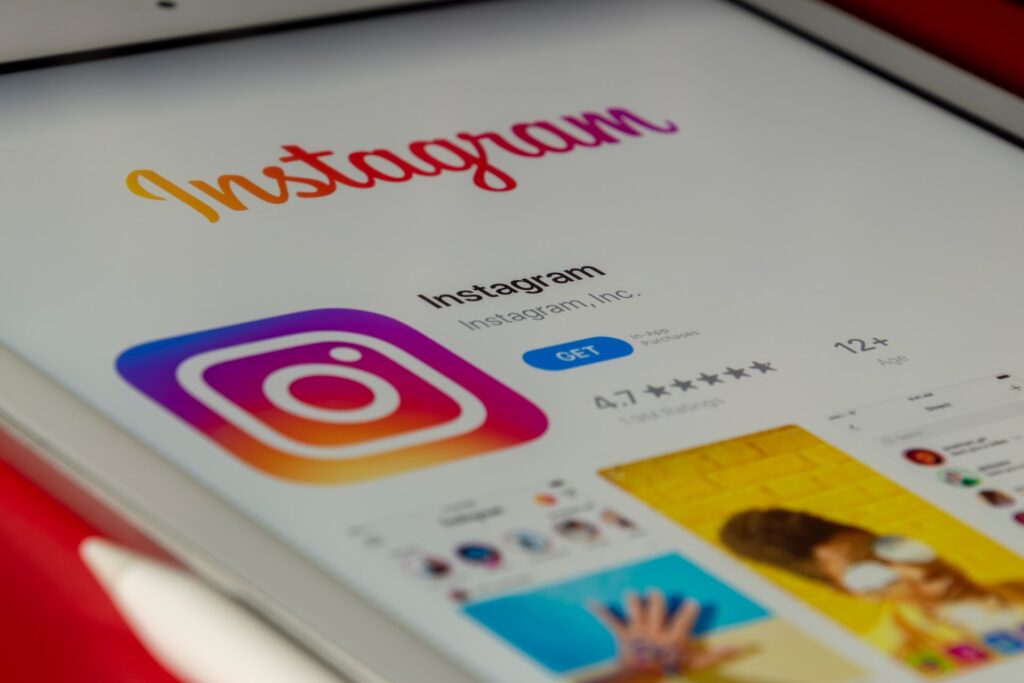
According to a Facebook survey, Instagram is the best platform for finding trendy products. You have a good chance of connecting with the 28 million UK Instagram users by creating a fashion-focused social media strategy.
What sort of stuff need to you post on Instagram then? According to research, carefully crafted Instagram ads typically perform worse than mobile-created story advertising.
Additionally, if you decide to use Instagram for advertising, don’t forget to add a call-to-action to your Instagram Stories. Eighty-nine percent of the time, ads featuring a CTA tend to perform better.

It’s important to note that larger fashion industry brands like Chanel, with over 1.9 million subscribers, and Louis Vuitton, with 909,000 subscribers, are major players on YouTube. Smaller eCommerce brands are typically better off running Facebook ads (especially if you’re working with a smaller budget).
Instead of relying just on paid advertisements, each luxury fashion brand rules the market by producing original content through its own YouTube channels.
Even if you want to advertise on YouTube, a study by Strike Social discovered that the average cost per view on the platform is $0.026, while the typical view rate is 31.9%.
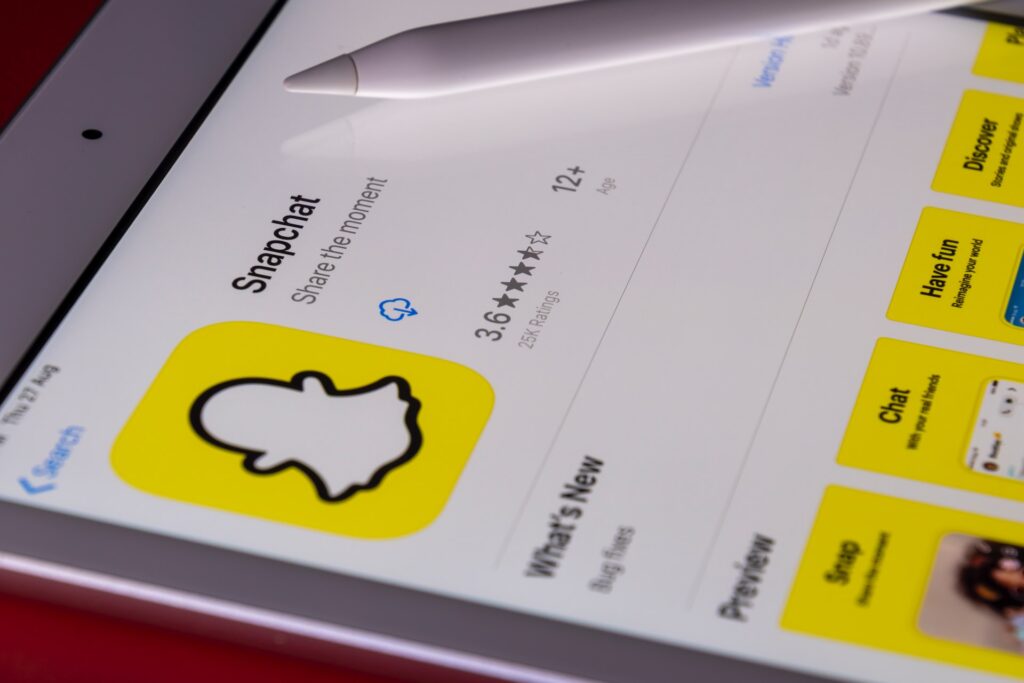
Snap Ads and Story Ads on Snapchat make it easy to sell stories. More than a quarter of Snapchat users make purchases when they see something they like, despite only 14% of users using the social media network to find new things.
Regarding content types, Snap Inc. claims that Discover content advertisements boost ad awareness by as much as 65%, highlighting the potency of video advertisements on the site.
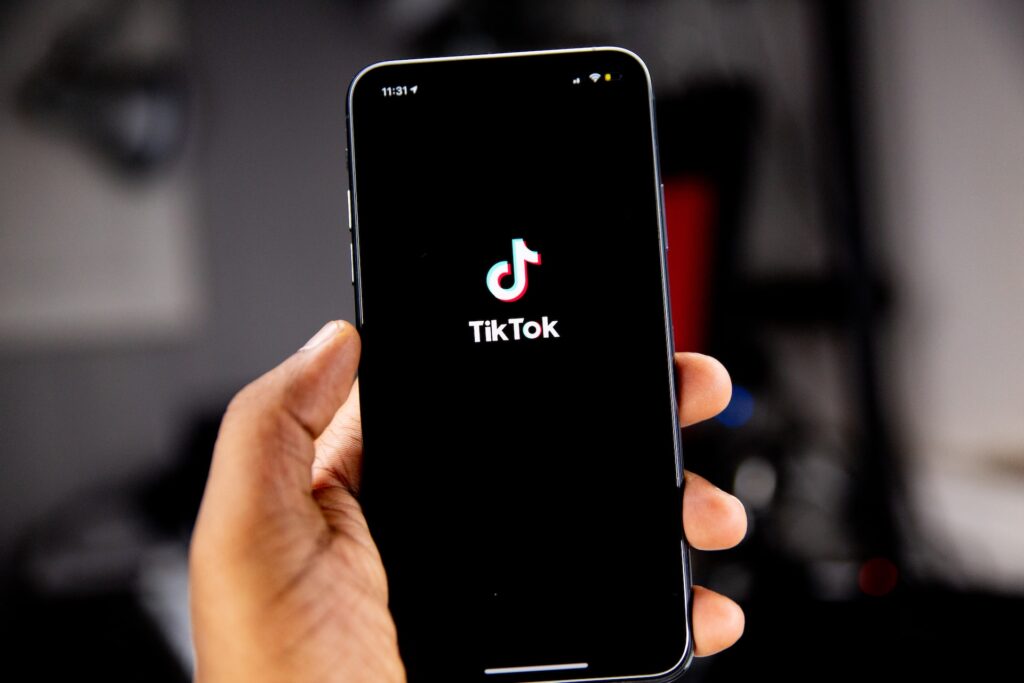
TikTok may be the new kid on the block in more ways than one, but it shouldn’t be discounted as a potential source of income. You might need to create video ads for your fashion brand using a more native strategy. However, the work spent is worthwhile because the platform is used by more than a billion individuals.

Users “Pin” things to digital boards on the social media site Pinterest. Native shopping pins, or pins saved directly from websites to Pinterest, open up a new channel for smart firms to advertise their goods to new customers.
What’s best? Pinterest recently revealed data showing that 70% of users find new products on the platform, 90% of users think Pinterest helps them select what to buy, and up to 66% of users purchase after seeing a brand’s pins.
Create Stores On Facebook And Instagram
Users may see, explore, and purchase goods on Facebook and Instagram Shops without ever leaving the respective social networking platform. Once you’ve made them for your fashion brand, your audience can purchase your goods immediately on Facebook or Instagram.

Make sure your Instagram page has been transformed into a business account and is linked to a Facebook page before creating an Instagram and Facebook shop. Verifying your eligibility is the following step.
When you’ve taken things into account, the setup procedures are easy:
Click Next after going to your Commerce Manager.
Click Next after selecting your preferred mode of payment (Shopify, Facebook, Instagram, your website, or messaging).
Connect your business accounts on Facebook, Instagram, Business Manager, and your product catalog.
To publish your shop, reread the Seller Agreement once more and click Finish Setup.
From there, you may add new products, start a collection, or alter the appearance of your catalog.
Don’t rely on chance after setting up your Shop and assume that people visiting your company’s profile will browse your in-app store. For each platform, produce fresh content and tag products from your shop.
Schedule Your Postings Consistently
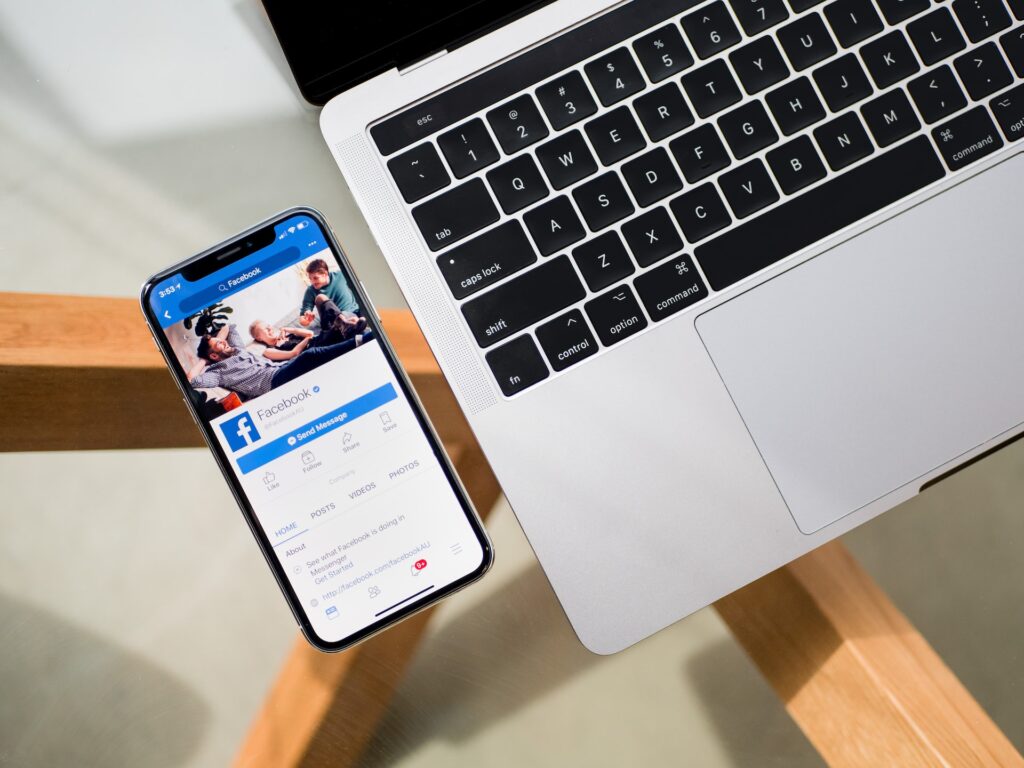
Consistency is a problem for many brands, particularly those that are just starting. Nevertheless, it’s an essential component of a successful approach to a strong social strategy, regardless of whether you enjoy producing Instagram stories, IGTV videos, TikToks, or Instagram posts.
Still unsure? Take into account the fact that fashion firms that posted 0.96 posts per day on Instagram experienced a 0.68% engagement rate per post, which was greater than the rates on Facebook or Twitter.
Clarify what to post and be consistent with it. When posting fashion-related content to social media, pick a variety of these four content types:
Market: This content uses compelling calls to action (CTAs) to directly promote your goods. The ultimate goal, as achieved by Pretty Little Thing with its Shop Instagram highlight reel, is to have someone buy your clothing.
Teach: Educational content shows social media users the “why” behind your brand and instructs them about your goods. Or, how to brand your clothing line: What does your brand stand for? Does it include? Having fun? For instance, Missguided teaches people how to construct Halloween outfits in this Instagram post, promoters needed for clothing.
Inspire: Make a connection with your ideal clients by evoking feelings with your brand personality and purpose statements. Motivate them with relevant stuff.
Entertainment: Create entertaining content to help people associate your brand with enjoyment. With imaginative material that doesn’t include a hard sale, draw in your audience.
Put Money Into Influencer Marketing
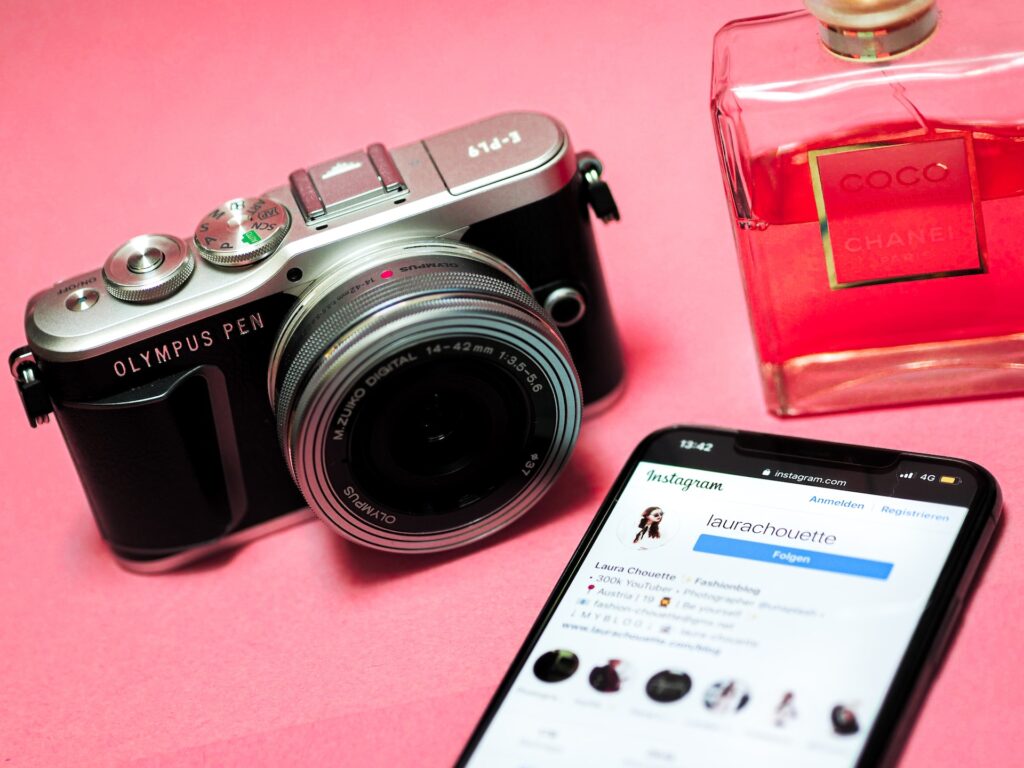
Did you know that by 2027, the global market for fashion influencers is projected to expand by 35.7% and reach $1.5 billion in value? This only suggests one thing: spend some time figuring out which influencers your target market follows.
Make a list of advantages, disadvantages, and average costs for the various sorts of influencers:
- Nano: Influencers known as nano have fewer than 5,000 followers. They frequently have the most engaged audiences but cost the least to collaborate with.
- Micro: Accounts with 5,000–20,000 followers of influencers.
- Influencers in the middle are those with 20,000–100,000 followers.
- Macro: Influencers having between 100,000 and 1 million fans.
- Influencers who have more than a million followers are celebrities.
No matter how well-known any influencer on your shortlist is, keep in mind that metrics other than follower numbers should also be considered. The ideal influencers to find are those who have large followings, have audiences with similar interests to those in your target market, and have high engagement rates on their material.
Replicate User Content
User-generated content (UGC) is a formidable tool for promoting clothing brands to potential customers and boosting interaction with a more natural approach. Instead of producing material yourself, your fashion brand might invite current clients to upload pictures and videos of themselves wearing your clothes, which you can then repost to your page.
Because 73% of consumers feel user-generated material boosts their purchasing confidence, this form of social media content is effective. Furthermore, according to around 61% of consumers in the same survey, user-generated content motivates them to engage with brands.
Think about how the average star rating for fashion brands is over 5% greater than that of other sectors. When customers see your reviews on your product sites, you may already build more consumer trust and start the sales flywheel with this as a starting point.
Use Hashtags Relating To Fashion
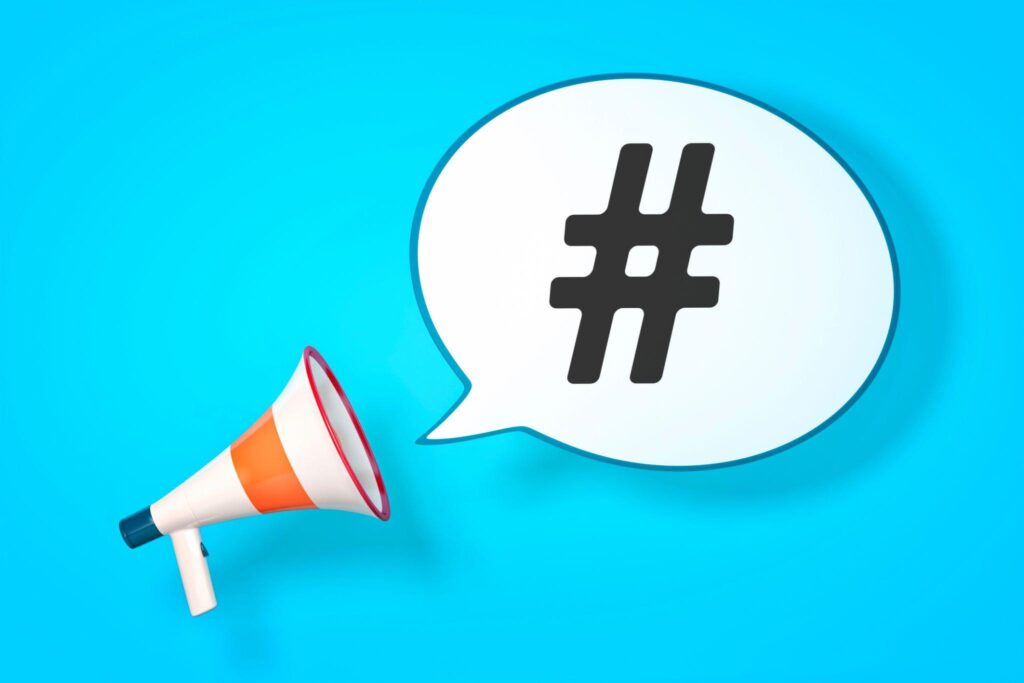
You’re attempting to increase the number of followers on the social media profiles for your fashion label. It stands to reason that your chances of converting social media users into consumers increase as your following grows.
Although that might be the case, there are other ways to reach those who are not followers, such as using hashtags.
Without following your company’s account, social media users on some sites (such as Instagram and TikTok) can follow hashtags and view sponsored content. Therefore, even if they don’t follow your account, they can still see your organic material if you use the hashtags that your target audience uses.
What number of hashtags should you use then? According to the platform. For best reach, marketers should only use three to five hashtags, according to Instagram’s most recent change. A few of the most popular Instagram hashtags include #styleinspo, #jeans, and #swimwear.
Take Advantage Of Hot Issues Or Events
Brands can exploit what is currently successful to increase brand recognition by capitalizing on trends. Since trends are so important to the fashion industry. Today’s best-sellers aren’t the low-rise jeans we wore in the 2000s.
Use tools like Buzzsumo to track your best-selling items and keep an eye on your target audience to market a new line of clothing. You can use both of those to identify fashion trends before it’s too late.
Place Customer Service First
There are several strategies you may employ to raise engagement levels, increase your social media following, and boost your fashion brand’s revenue. However, sometimes getting back to the fundamentals can have magical effects.
Introducing customer service. According to Yotpo, what aspects of customer care are most crucial for clients who purchase clothing? Service, delivery, cost, and quickness.
However, there is a drawback: It is now customary for customers to complain about bad service, unpleasant encounters, or inadequate treatment online.
Give priority to customer service by employing live chat and social media messaging as support channels. Up to 64% of individuals prefer messaging versus calling to talk with a professional. So, instead of using the standard call center strategy, train the social media staff for your fashion business to handle customer care issues.
Track Client Feedback

Tracking client sentiment is a method to stay on top of how people feel about your clothing business even if you don’t have customers bombarding you with requests for updates on their orders in your social media inbox.
Leading fashion brands utilize this kind of data analytics to determine sentiment. Once they recognize a trend, they also move quickly.
Even if your account wasn’t mentioned in the initial post, tools like Mention and Google Alerts can reveal instances of people discussing your fashion brand on social media. By doing so, you can have a thorough grasp of how people see your company, the impression that current clients provide to others, and how to address issues before they become out of control.
Invest In Sponsored Advertising
Even with the strongest social media strategy in the world for fashion, you cannot be certain that you will connect with every single follower of your accounts. Just 5.2% of a brand’s followers see a post on its Facebook Page, as an illustration.
Due to the pay-to-play model that platforms are adopting, many fashion firms now spend money on advertising on the platforms where their target demographic already congregates.
Final Words
Word of mouth is one of the most reliable methods for luring devoted clients. Positive word-of-mouth about your business increases tremendously when customers start telling their friends about it. In the modern digital age, where individuals frequently check their email, social media accounts, and Google, these marketing methods adhere to that modest idea.
There are many free things how to promote a clothing brand. While some of these techniques may take some time to show results, you can be confident that when they do, the leads they produce will be those of real customers who are ready to buy.
























